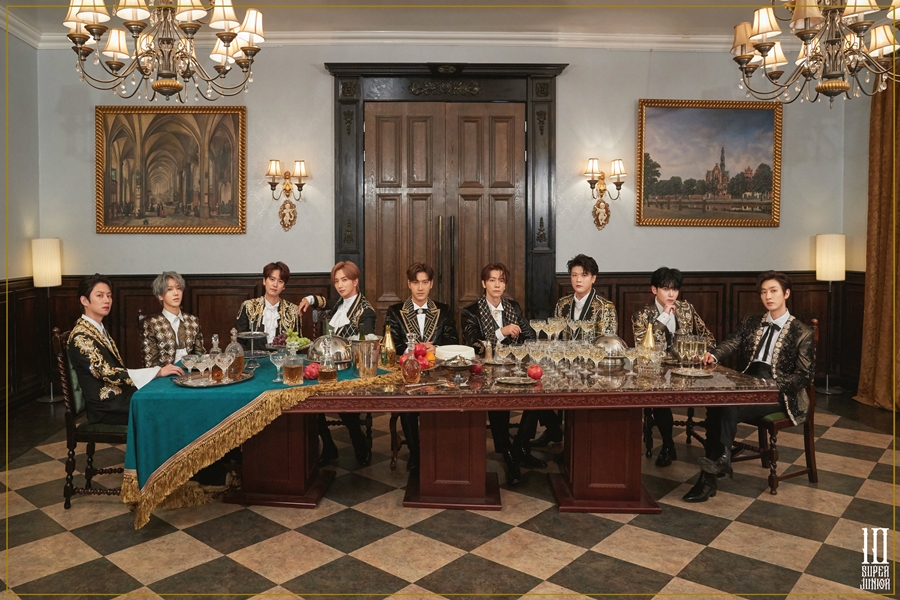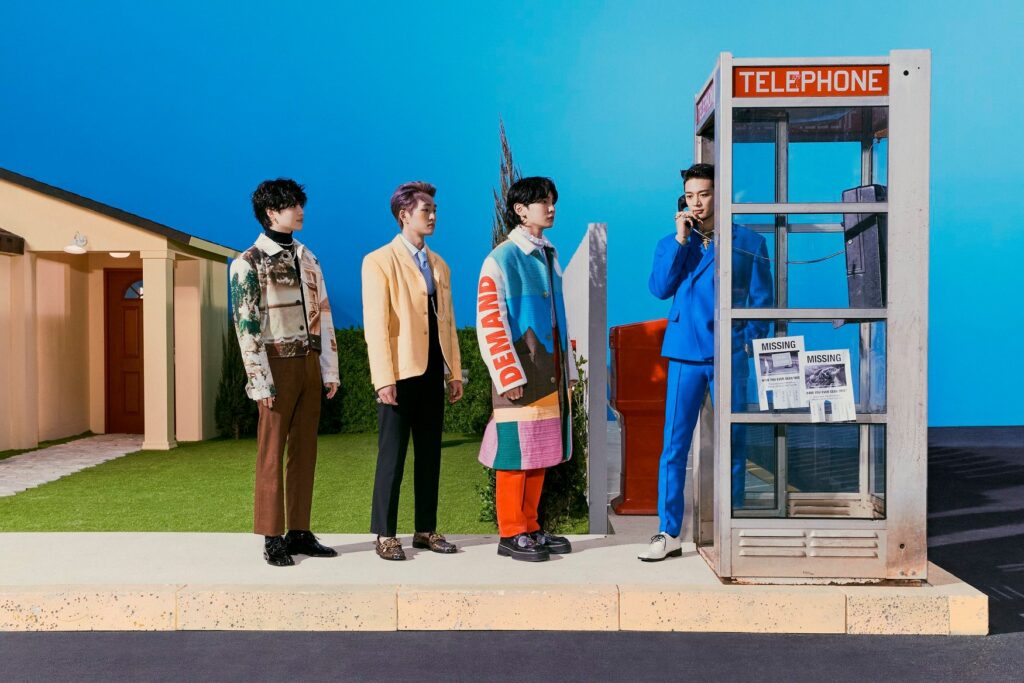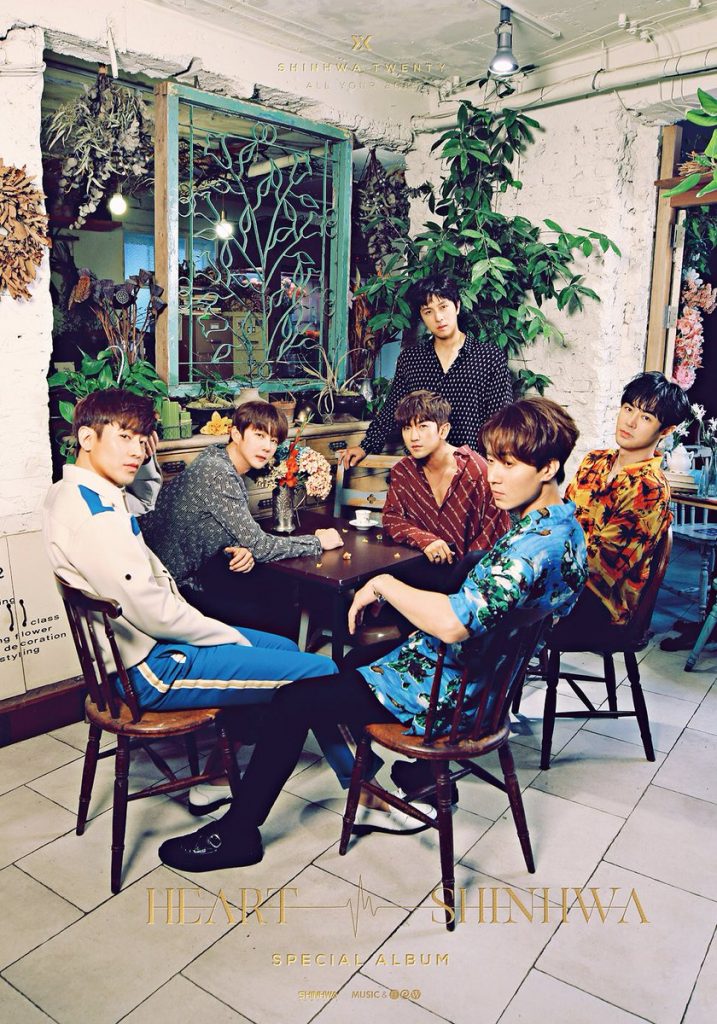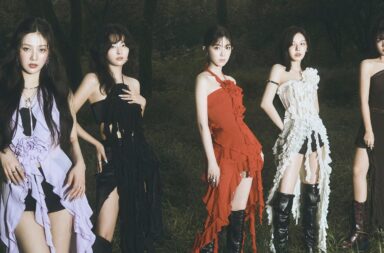
2PM, After School, SHINee, Super Junior, Teen Top, T-ara… It’s a list that could have come straight out of the late 2000s or 2010s. Yet, these are all groups that have been active in the past year, if not months.
Groups that debuted and were active in the late 2000s and 2010s are commonly referred to as the second generation of K-pop groups and are often credited for the form of K-pop that we’re familiar with now: the sharp synchronized movements of a “knife-like” choreography (Infinite), subunits (Super Junior K.R.Y), and laugh-out-loud variety show moments (2PM, and many more). It’s this generation of K-pop that first began to see a push towards international relevance, with both the Wonder Girls and Girls’ Generation making appearances on Western TV shows and dominating domestic music charts with what are now considered classic K-pop songs.
However, as the years rolled forwards, many of these groups saw a shift in their group focus. Some members split from the main group to pursue individual routes such as acting or MCing, and for the boy groups, military service put extended pauses on their ability to promote as a full unit. For a while, it seemed as if the second generation’s golden era had passed, and it was time to give younger groups the spotlight.

That is, until the past year.
2020 saw an almost unprecedented amount of activity from second generation groups. With shows such as MMTG bringing back groups like Teen Top, After School, and more for brief concerts and the return of idols like 2PM from military service, it seems that K-pop fans are enjoying a blast to the past. Super Junior celebrated their 15th year anniversary with their album “The Renaissance,” an aptly named title to describe this entire phenomenon. This recent resurgence in activities has so much to do with the modernization of technology as well as the quick-pace of the current K-pop industry creating a push towards the nostalgic good old days, one that these groups are finally able to supply.
One of the more obvious reasons is that boy groups have finished their individual military service and are now able to return to promotions with the added benefit of their already established reputation. 2PM’s recent comeback “Must” was eagerly awaited after the viral resurgence of their 2015 hit “My House,” and they didn’t disappoint. Their title track, “Make It,” was widely lauded for its sensual maturity and musical sense. After going through their military service, fans are able to appreciate how the members have matured and grown both physically and musically.
Another reason for this is the modernization of technology. Older international K-pop fans fondly remember days of scrounging for grainy 240p videos of variety shows on YouTube and eagerly waiting for any kind of official update on the members’ statuses. Now, however, social media has made interaction and even archiving much more available, as well as a diversity of content. The rise of YouTube vlogs as a popular format allow idols to showcase their casual day to day lives outside of a group context, thereby keeping them in the general public’s consciousness while appealing to newer or more casual fans.
Variety shows also play a huge role in exposing second generation groups to the general public. One advantage that second generation groups have over current groups is one that can’t be compensated for—history. When 2PM goes on Knowing Bros, for instance, the members can instantly banter with Kang Ho-dong over memories of Star King, throwback to their old hits and have an impromptu dance party, and more. For many of these shows, their hosts are a mix of pillars in the variety world as well as rising stars, so bringing in familiar second generation faces helps maintain steady viewership. This also allows younger fans to be exposed to these groups while the groups themselves continue building a steady base to build off of for future group activities. It’s a win-win situation.
The rise of new, YouTube based variety shows also give these second generation groups a boost. The most flexible format allows for a variety of smaller scale content. MMTG is a particularly great example of this, as host Jaejae brought on After School for a miniature concert that included hits such as “Bang!” Leader Kahi, most known for her role as trainer on the Produce 101 franchise, is a mother of two while other members are all in their thirties. Yet, their performance is just as incredible as ever, showing the solid foundation that these groups possess.
Perhaps the most important cause for the second generation’s resurgence is the state of the K-pop industry today. Characterized by a demand for virality, increasingly complex dances, and a breakneck pace, the current K-pop era is loud, colorful, and oversaturated. These are by no means bad qualities; in fact, those traits are largely what make K-pop so popular and unique. However, some fans are unable to keep up and are instead happy to look back on simpler days.

The cyclical nature of K-pop hit at just the right timing for the second generation groups. K-pop is currently penetrating deep into foreign markets, aided by social media and globalization. This means a new and wider audience who are eager to explore K-pop’s landscape, including its history.
Additionally, as with most trends, the nostalgia factor is high. Everything seems better in hindsight, whether the casual interactions between girl groups and boy groups without dating speculations or the boxed music video sets that dominated the K-pop landscape for a period. For many people, the early 2010s of K-pop are associated with awe and affection, a simpler time in their youth, propelling their desire to watch these older groups through a modern lens.
What makes this particular resurgence unique is that this isn’t the first time we’ve seen this. First generation groups like Shinhwa and god are well-known names that are hailed as the forerunners of K-pop. They have also gone and returned from military service with new music, but there are a few key differences. One, there are less first generation groups to begin with as new debuts have exponentially increased each year, so their music releases don’t feel as simultaneous. Second is that their music releases are rarely sustained. With the exception of Shinhwa, most first generation groups only release music as a full group once every few years, aimed more towards satisfying nostalgia than truly maintaining a space in the music industry.

Overall, the renaissance of the second generation is certainly welcome and could even signal the beginning of a new era in K-pop where maturity and age is celebrated rather than looked down on. The ubiquity of technology gives them much more room to experiment with their content moving forwards, and with a larger audience ready to consume anything they produce, their future is bright. Not to mention that many individual members have moved into spaces like acting, musicals, solo music promotions, and more as they continue to grow and evolve. It’s never too late to begin something new, and, as these groups show, to also enjoy the past.
Youtube [1] [2] [3], Images via JYP Entertainment and SM Entertainment


